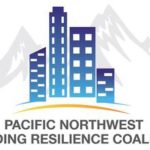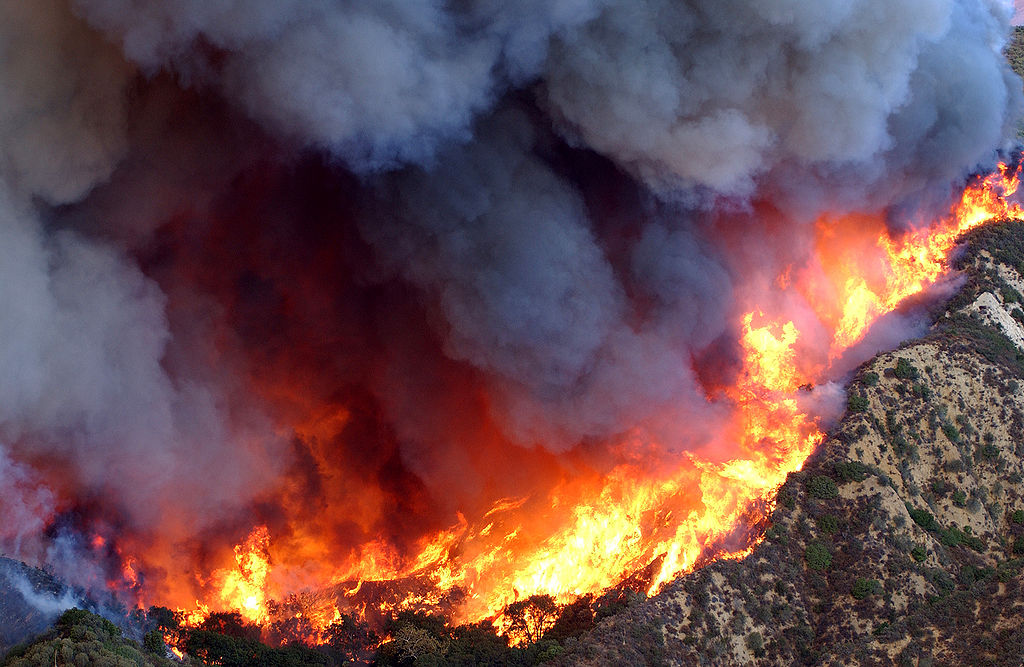

New Study Confirms Building Resilience Coalition Findings on Carbon Sequestration


PNBRC – October 18, 2018 – Late last year the Pacific Northwest Building Resilience Coalition (PNBRC) commissioned a study by Vancouver-based Globe Advisors to look at the issue of carbon sequestration in forest-based building products.
From the many scientific studies reviewed it was found that the oft cited environmental and climate-related benefits of wood-based building products often were vastly overstated. The carbon footprint of wood building products over a full ‘cradle to grave’ lifespan in many cases exceeds that for non-wood building types. See here for a summary of the research findings.


Want to learn more about the Building Resilience Coalition? Join our LinkedIn Group here.
A newly-released peer-reviewed study on forest management practices in the Pacific Northwest confirms many of the Building Resilience Coalition findings.
The study, ‘Managing Moist Forests of the Pacific Northwest United States for Climate Positive Outcomes’ notes the forests of the Pacific Northwest are among the most naturally carbon rich ecoregions in the world, but in-forest carbon storage levels were well below their ecological potential.[1]
Based on a review of several ‘cradle to grave’ lifecycle assessments, the study recommended a series of forest climate strategies to extend harvest rotations, to use shelterwood and select tree harvests in lieu of full harvesting, and to better manage forests for increased structural, age, and species complexity.
In brief, it concluded that preserving old growth forests, extending harvest rotations towards a mean annual increment (CMAI) of 90 to 117 years, maximizing the utilization of harvested biomass, focusing more on the production of durable and long-lived wood products, and altering harvest practices to retain more live trees on-site, together would result in significant net carbon gains.
Tree biomass (Douglas fir) division upon harvest – by Brian Kittler.
These findings echoed one of the key observations of the PNBRC study that it often takes upwards of 200 years of forest regrowth to replace the carbon lost through conventional forest harvesting, timber manufacturing, and lifetime emissions of wood-based building products. Also noted in the PNBRC study, far too much biomass is left to rot on the forest floor, is burned for bio-energy, or ends up in short life products such as paper or pulp.
Naturally there are environment versus economic trade-offs that have to be considered, notes the new study. It offers several policy recommendations that strike a balance between these two priorities, including:
- Develop targets for expanding forest carbon stocks to emphasize storage in ecosystems with high ecological potential and lower risk of losing carbon through climate driven disturbances;
- Employ ‘No net loss of forests’ or ‘no net loss of forest carbon’ policies;
- Balance robust growth rates, production of durable wood products, the conservation of old forests, and a gradual transition to older forest age-classes;
- Build wood product and carbon markets, and necessary wood product infrastructure, to move toward longer rotation periods (50–90 years);
- Mitigate potential leakage through policy design and implementation that differentiates forest management and product pathways to increase carbon carryover from on-site to off-site carbon pools;
- Align economic incentives to overcome barriers to realizing the most carbon beneficial forest management and wood product pathways;
- Focus on forest practices that mitigate GHG emissions while enhancing adaptive capacity:
- Increase retention at harvest (e.g., leaving wider riparian buffers, leaving groups of standing live and dead trees);
- Expand investments in forest resilience programs to minimize risk of high severity wildfires to reduce climate driven forest mortality; and
- Employ principles of adaptive governance in state forest practices to respond to climate change impacts and build forest carbon stores.
While the primary focus of the PNBRC research was on ‘Building Better Buildings’ many of the findings of the study touched on forest management practices such as those highlighted in the latest research.
Check out the PNBRC website for more information on the Coalition and its mission.
[1] Managing Moist Forests of the Pacific Northwest United States for Climate Positive Outcomes, Stephen J. Fain, Brian Kittler and Amira Chowyuk, Pinchot Institute for Conservation, Washington, DC and School of Environmental and Forest Sciences, University of Washington, Seattle, 9 October 2018. http://bit.ly/2NQ6Zs5 Images taken directly from the research article.
Recent Posts
The Future of Cement as a Sustainable and Resilient Building Product
The future of cement shaping up to forge a more sustainable construction industry that meets…
The Growing Importance of Resiliency in the Design and Construction of Buildings
Resiliency is becoming increasingly important in building design and construction due to the rising frequency…
GCCA Global Low Carbon Ratings for Cement and Concrete
The Global Cement and Concrete Association (GCCA) has developed a standardised low carbon rating system…
Building for Resiliency with Insulated Concrete Forms
Building with Insulated Concrete Forms (ICFs) is increasingly recognized as a critical component of modern…
Building Resiliency in the Pacific Northwest
In the Pacific Northwest, the increasing frequency and severity of climate-related disasters, such as wildfires,…
How California can rebuild safer, more resilient cities after wildfires
The catastrophic LA wildfires were a powerful reminder that governments and communities need to think…


